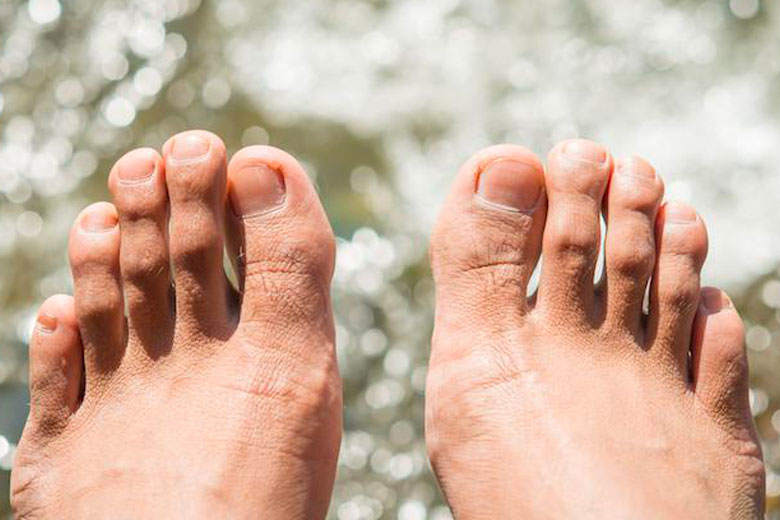Effective Ways to Treat Hammertoes

A hammertoe is a condition that affects the middle joint of your toe, bending it down and resembling a hammer. It mostly occurs on the second, third, and fourth toes. Hammertoes result from genetic issues, improper footwear, foot posture, past injuries, or certain health conditions like neuromuscular problems. In the early stages, a Bakersfield hammertoe is flexible. However, if left untreated, it becomes rigid.
Common hammertoe symptoms include bent toe, pain in the affected toe, swelling, difficulty walking, and a callus or corn can form on top of the middle joint of the damaged toe. Hammertoes are treatable based on the severity of your symptoms and your toe’s flexibility. Here are some effective treatments for hammertoes.
Footwear changes
Your doctor can recommend footwear changes if your hammertoes result from improper footwear. The treatment can be beneficial if your hammertoe is still in the early stages and is flexible. Avoid wearing narrow, tight, or high-heeled shoes. Instead, go for open-toe shoes, sandals, or flat or low-heeled shoes with a heel under two inches. Also, wear shoes with a wide and deep toe box to accommodate long or bent toes.
Toe exercises
Exercise can help strengthen and stretch your feet muscles, reducing the imbalance causing your hammertoe. Your provider can recommend exercises like picking small objects with your toes, scrunching a towel on the floor with your toes, or gently stretching the affected toe manually.
Over-the-counter devices
You can use over-the-counter foot aids to hold your toes comfortably and minimize pressure. Cushioned straps, tubes, and cushions are some foot aids that can ease hammertoe symptoms. Callus or corn pads can also help decrease discomfort. You can also use over-the-counter medications like ibuprofen to manage pain.
Splint
A splint is an orthotic device that can help reduce hammertoe symptoms or prevent them from worsening. Studies show that placing splints in your shoe can help control muscle or tendon imbalances. Your doctor can customize a splint fit for feet for better results. Your surgeon may also recommend you use a splint after hammertoe surgery.
Surgery
Your doctor can suggest surgery if other options are ineffective or your toe is rigid. There are various surgical procedures that can treat hammertoes, which include:
Tendon lengthening
Tendon lengthening can be beneficial if your hammertoe is still flexible. It involves your surgeon lengthening the tendons causing imbalance.
Tendon transfer
A tendon transfer is also useful for individuals with flexible hammertoes. The surgery involves your specialist transferring tendons from the bottom to the top of your toe to help pull the affected joint straight.
Arthrodesis
Arthrodesis involves joint fusion and is beneficial if you have a rigid hammertoe. The treatment involves your surgeon removing a small part of your bone in the affected joint, allowing it to straighten fully. The surgeon then inserts an external wire or pi and an internal pin to help the bones fuse.
Hammertoes develop when structures surrounding the middle joint of your second, third, or fourth toe are imbalanced, making your toe bend. Your doctor can treat hammertoes through footwear changes, exercise, foot aids, and surgery. Schedule an appointment at Diabetic Foot and Wound Center for hammertoe treatment to relieve your pain.





